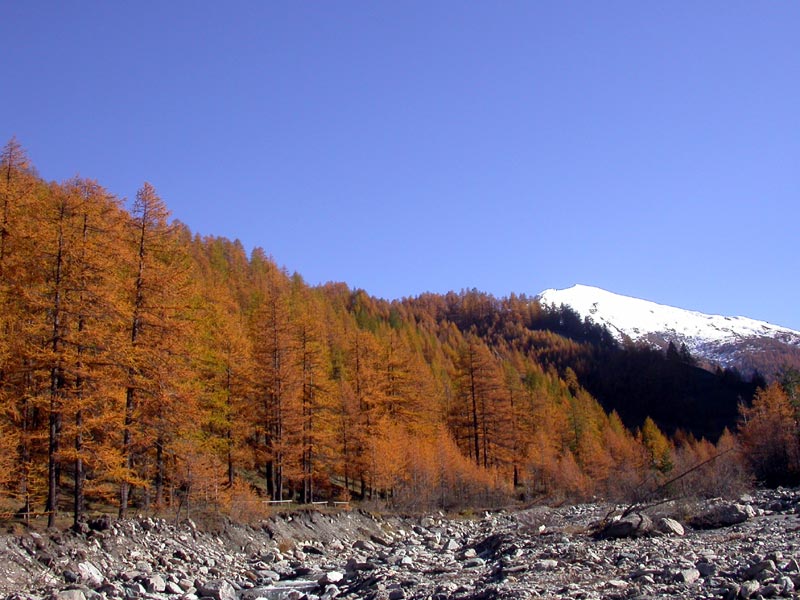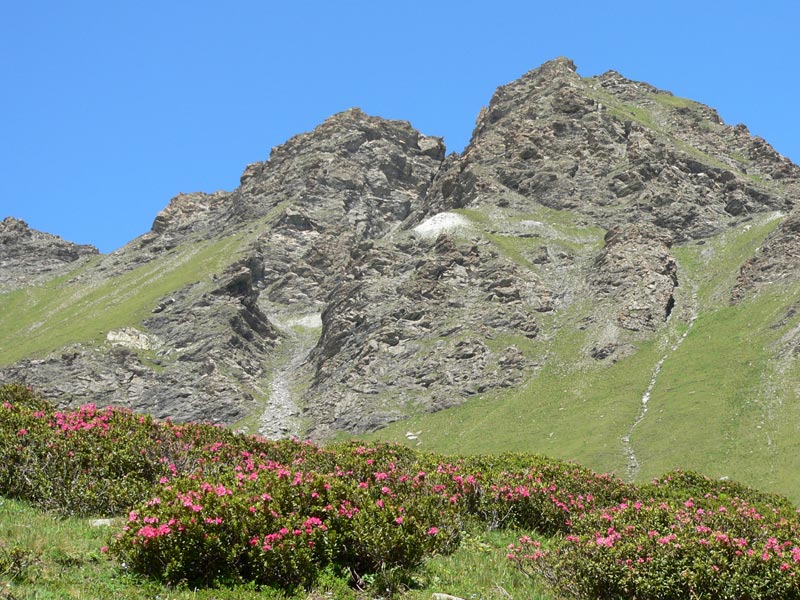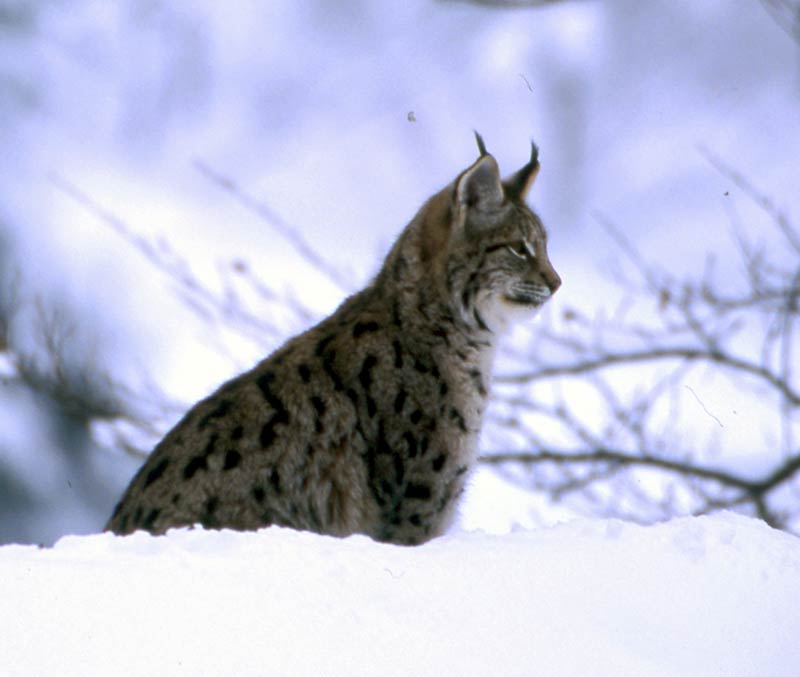Protected Area
Identity Card
- Land Surface Area: 3'280.00 ha
- Regions: Piemonte
- Provinces: Torino
- Municipalities: Pragelato
- Establishment Measures: LR 45 16/05/1980
- PA Official List: EUAP0217
- Park Authority: Ente di gestione delle aree protette delle Alpi Cozie
Val Troncea Park
Val Troncea Park was established with regional act on 16/05/80 to safeguard the local environmental and landscape features, to organize the territory for educational, scientific, cultural, and tourist purposes, to promote and enhance the agricultural, sylvicultural, and breeding activities, and to improve the quality of life conditions of the local population.
Further information (Italian text)
Nature
Flora
The vegetation consists of
woods dominated by larches and Swiss stone pines. Above the town of
Seytes you will see an almost pure Mountain Pine wood. The undergrowth
is characterized by formations of juniper, rhododendron, blueberry, and
green alder. At the bottom of the valleys there are rare birches and
aspens. The area has been intensively exploited since the 17th century.
For instance, the building of the fortress in Fenestrelle required a
great quantity of timber coming from Val Chisone. The same thing
happened with Beth Mines, where a large amount of timber coming from
the valley was used to built the tunnels. This led to the creation of a
peculiar habitat characterized by the presence of many small woods.
Today the most interesting forests from an ecological point of view are
the less accessible ones, situated on steep rocky slopes.
The Alpine flora is extremely rich: it is characterized by typical pioneer species like the Edelweiss or the Alpine Aster, while on more acid soils the Blue Fescue and the Milk-vetch grow. Characteristic species of the soils rich in humus are Viola calcarata and Ranunculus pyrenaeus; at higher altitudes, there are several species adapting to different situations, from the nival valleys to the ravines among the rocks.
Further information (Italian text)
Fauna
The fauna is typically represented by the chamois, but is also rich in several alpine species like the wild boar, the ibex (which has been recently reintroduced by the Park), the deer and the roe deer. Among the birds we must mention the Golden Eagle, the Peregrine, the Kestrel, the Boreal Owl, the Spotted Nutcracker, and the Rock Ptarmigan.
Further information (Italian text)








